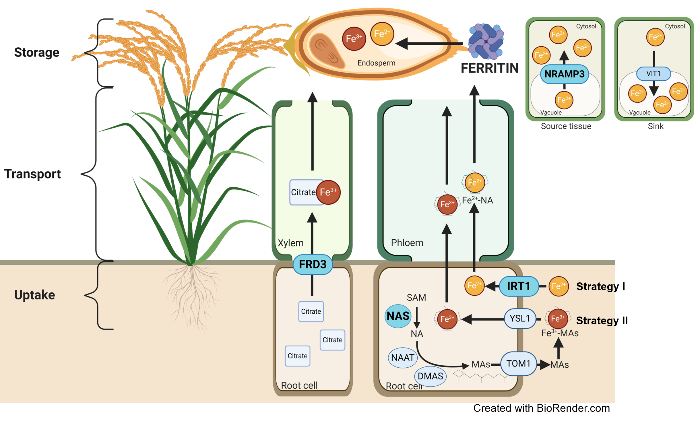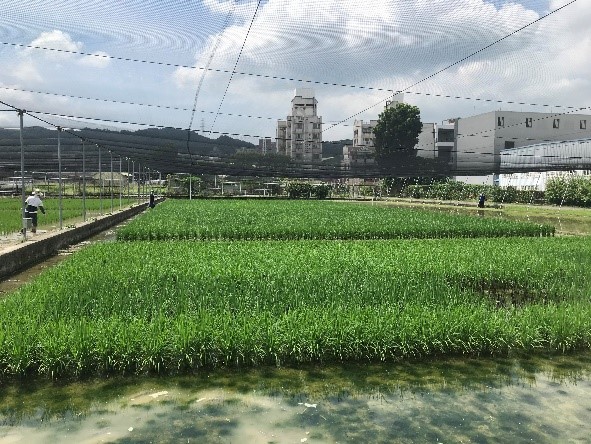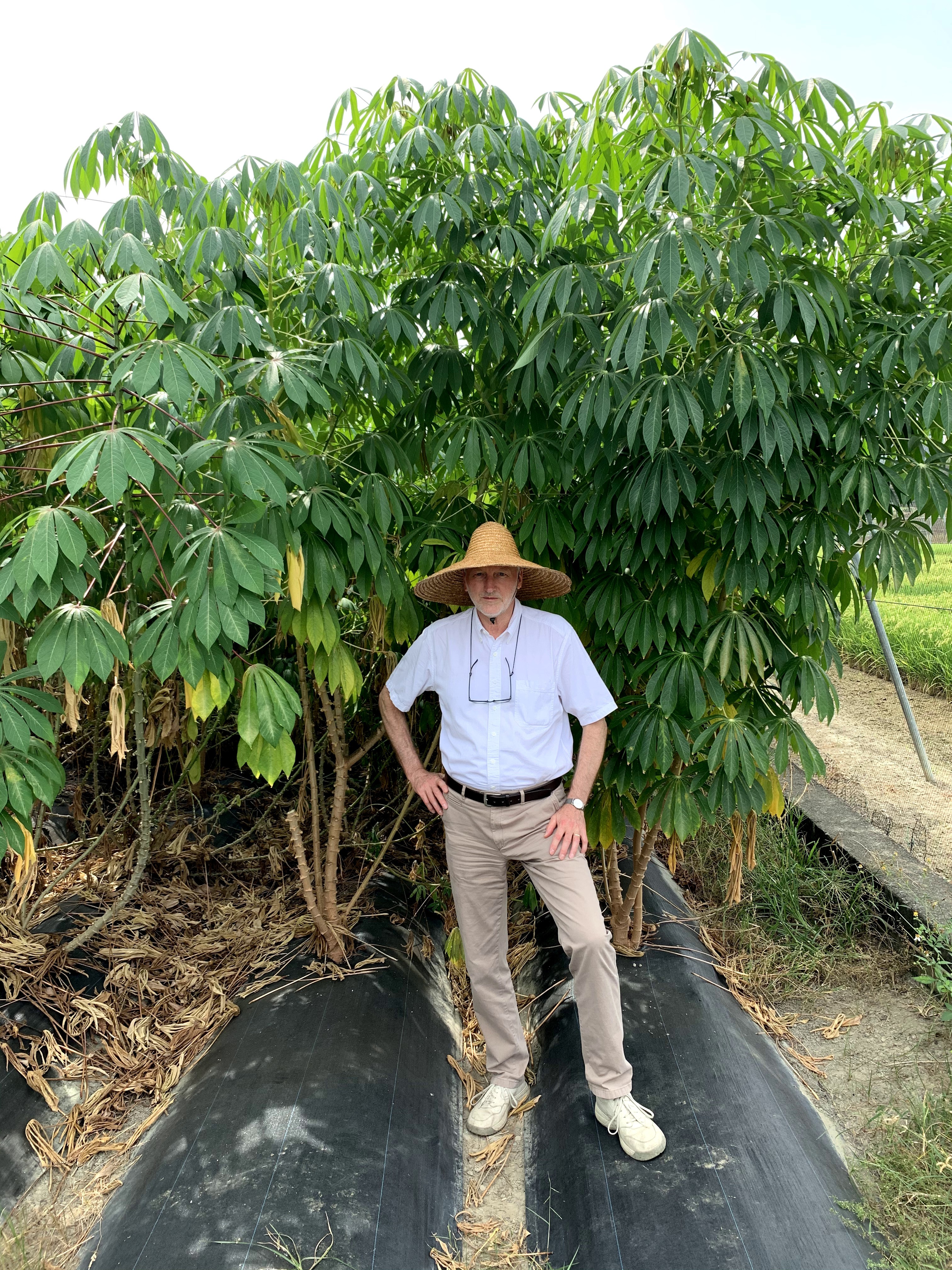Program Results
2020 Annual report of Yushan scholarship Dr. Wilhelm Gruissem
Introduction to the event
Projections of the United Nations show that the world population will grow to more than 9 billion people by 2050. To provide sufficient and nutritious food for healthy diets requires an increase in yield and micronutrient improvement of staple crops. Major crops such as maize, wheat, rice, cassava and potatoes are rich in starch and together they provide more than 85% of the carbohydrate calories consumed worldwide. People for whom these crops are the primary staple food receive enough calories but they are often malnourished because the seeds, tubers and roots of these plants do not contain enough of the necessary vitamins and minerals such as iron for a healthy diet. Around 1.6 billion people worldwide suffer reduced productive capacity due to iron-deficiency anemia. Achieving higher micronutrient and starch content for health and nutrition is often not possible with available breeding germplasm, especially in rice and clonally propagated crops such as cassava.
Our strategy for iron and zinc biofortification of rice is to facilitate root uptake efficiency, translocation within the plant, and the storage in endosperm through genetic engineering. IRON REGULATED TRANSPORTER 1 (IRT1) and NICOTIANAMINE SYNTHASE (NAS) for iron ion uptake and translocation. FERRIC REDUCTASE DEFECTIVE 3 (FRD3) is a citrate-Fe long-distance transporter and NATURAL RESISTANCE ASSOCIATED MACROPHAGE PROTEIN 3 (NRAMP3) is an iron deficiency-induced cellular iron transporter. FERRITIN (FER) encodes an iron storage protein that can store up to 3500 molecules of iron and that is specifically expressed in endosperm for efficient iron storage in the consumable part. Furthermore, CAROTENE DESATURASE (CRTI) and PHYTOENE SYNTHASE (PSY) for β-carotene synthesis were combined with the genes for iron and zinc improvement in a single genetic locus to develop transgenic rice lines containing high iron, zinc, and β-carotene, which is required in humans for vitamin A synthesis. In 2019 and 2020, Dr. Gruissem and his teams investigated the agronomic performance of the genetically micronutrient-improved rice lines in field experiments using phenotyping and molecular analyses at National Chung Hsing University Agricultural Experiment station. Iron is significantly increased in polished rice grains in all transgenic lines up to 13.9 μg/g DW, which is 4.2-fold higher than Nipponbare wild type (3.3 μg/g DW). Zinc levels increased up to 50.0 μg/g DW, which is 1.6-fold higher than wild type (31.1 μg/g DW). The accumulation of iron and zinc in the polished rice grain is correlated, which is expected because iron and zinc are taken up from the soil by the same ion transporters and transported in the plant by the mugineic acid chelators. The micronutrient-improved rice lines maintained their high iron and increased zinc content in the polished grains, indicating that the genetically engineered trait is stable.


Cassava (Manihot esculenta Crantz) is one of the important food crops that serve as a main source of carbohydrates for several hundred million people in tropical and subtropical countries, especially Sub-Saharan Africa. But compared to other staple crops such as maize and wheat, cassava has received little scientific attention until recently. The Cassava Source-Sink (CASS) research project aims at increasing cassava storage root and starch yield by improving the sink (photosynthesis, phloem loading) and source (sucrose to starch conversion) metabolism. To simultaneously improve leaf photosynthesis, phloem transport, storage root development and starch biosynthesis, the project focuses on engineering metabolic and physiological processes by designing multigene construct. To validate the engineering concept, agronomic performances are evaluated by confined field trial (CFT) at the National Chung Hsing University Experimental Station in Taiwan, which has a subtropical climate suitable for cassava growth and no reports of major cassava diseases. After 8 months in the field, the wild-type cassava variety 60444 and transgenic lines can grow up to 3.5 m in height and produce 10 kg of root fresh weight or more (see photograph of Dr. Gruissem in front of a 60444 plant). The first CFT in 2019 tested 89 independent genetic events, and events with the most promising agronomic performance were selected for a CFT at the International Institute for Tropical Agriculture (IITA) in Nigeria in 2020. The phenotype data from the field trial are combined with biochemical data from the laboratory and predictions from genome-scale metabolic modeling to inform and refine the genetic engineering strategy. Currently the 2020 CFT with new designs of multigene constructs is underway.
